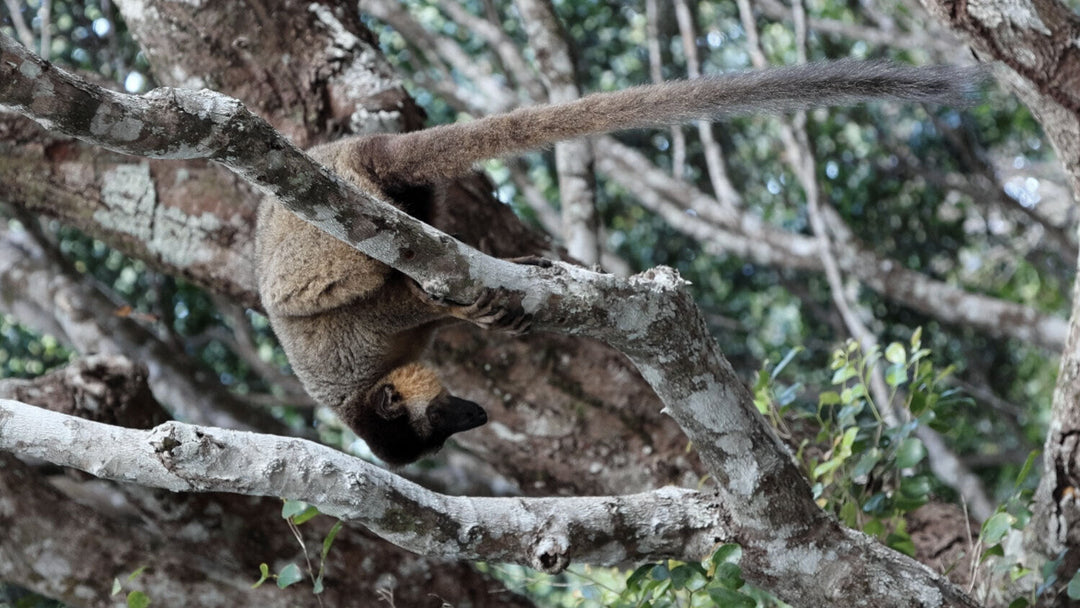Monitoring Big Cats in Northeast China
This guest blog is by Li Qi who became the Asian Big Cats Program Officer for WWF-China last year. He specialises in two rare and fascinating species; the Amur leopard and the Amur Tiger.
When most people think of tigers or leopards, they picture them stalking through lush tropical jungles or lounging in trees in arid savannas. Not many people think of them treading across snow in the mountainous regions of China. Yet, rare as the big cats may be in this part of the world, camera traps are telling us they’re present… and starting to make a comeback.

In 2010, we implemented a network of camera traps in the northeast of China. Our focus was on monitoring two rare cat species; the Amur tiger and the Amur leopard. Camera traps are an effective and non-invasive technique for gathering information about elusive wildlife, especially in inaccessible regions. Using the Ltl Acorn 5210 and 6210 camera trap models, we carefully selected camera trap sites and implemented the cameras. It was time to see what they revealed about the country’s population of big cats.
Historically, Amur tigers were distributed across most of the forested mountainous areas of Northeast China. Half way through the 20th century, numbers dropped to around 150 Amur tigers. At the turn of this century, numbers plummeted even further and there were thought to be no more than 20 tigers; all of them migrants from the Russian Far East and none of them breeding females.
On 4th November 2014, exactly 1945 days since the camera traps were first implemented, we captured footage of a lifetime; a female Amur tiger with two cubs. The camera trap video came from Wangqing National Nature Reserve in Xinancha forest, an area that is a 30km from the Sino-Russian border. That year we documented the Amur tiger on 17 occasions; eight times from camera trap images, three times from pug marks (paw prints), twice from reports by local witnesses and four occasions from the loss of livestock.
Last year was successful for the Amur leopard too, bringing evidence of this critically endangered big cat’s presence in the region. Between October 2013 and April 2014, camera traps recorded a female and two cubs walking past three times in the Jilin Wangqing Nature Reserve. Globally, there are thought to be no more than 60 Amur leopards in the wild.


One of the reasons camera traps are so effective for monitoring big cats is that each cat’s markings are unique to the individual. No two tigers have the same stripes and no two leopards have the same spots. We use the capture/re-capture analysis, where we set up camera traps to photograph both sides of the animal and then compare photographs from different time periods and areas to match markings.
Camera traps are not without their challenges though! Our biggest frustration is the waste of film as it takes a large amount of time to sift through and identify useful images. Environmental factors mean we capture a lot of images masked by snow - both on the ground and blowing from the sky!
Sometimes the height and position of the camera can be wrong and other times the temperature causes the camera to malfunction. Worst of all is “camera loss”, when the cameras are either destroyed by poachers or stolen by people.
Yet despite the challenges, I still find camera trapping incredibly rewarding. My role means that I am out in the field every day. Every three months, we head out to change the SD cards, batteries and clean the covers of our camera traps; ready to see which exciting wildlife images the future will bring.
Camera trapping is crucial work towards Tx2, the ambitious and visionary goal to double the number of wild tigers by 2022 - the next Chinese year of the tiger. All thirteen tiger range countries are working towards Tx2 with the support of WWF and other NGO's.
For more information: Visit the WWF Tigers Alive Initiative website and follow them on twitter.


